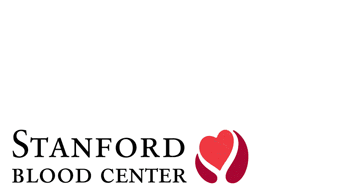Archives

November 11, 2011 at 10:15 am
Published by Stanford Blood Center
By Dimone Gabler, recipient of blood products & champion of blood donors
I thought people who received blood either had surgery, a transfusion for a particular condition, or had been in a serious accident. I found out there are other reasons one might need blood. A few years ago, I thought I had a bad flu bug. After two to three days of not being able to keep anything down, my husband insisted I go to the doctor. I was so weak I was barely able to stand. After the doctor's examination, he sent me to the emergency room at Good Samaritan Hospital.
November 9, 2011 at 11:29 am
Published by Stanford Blood Center
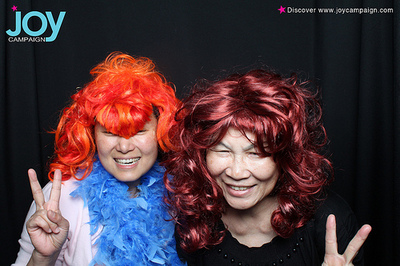
By Julie Ruel, Social Media Manager, Stanford Blood Center
Being happy in life is a goal that many people across the globe have in common. So how is it then that we achieve happiness? Over the last decade or so, this has become a hot topic. Psychologists have plunged into the science of what brings people happiness and how to make it sustainable.
November 4, 2011 at 11:10 am
Published by Stanford Blood Center
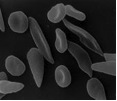
By Billie Rubin, Hemoglobin's Catabolic Cousin, reporting from the labs of Stanford Blood Center
Sickle cells are abnormally shaped red blood cells (RBCs) caused by a mutation of the hemoglobin gene (Hgb S). Their less flexible, sickle-like shape leaves them unable to get through small capillaries, resulting in obstructed blood vessels in many organs. In addition, because of this sickle shape, the RBCs are sequestered and destroyed in the spleen at a faster rate than normal cells.
October 28, 2011 at 10:14 am
Published by Stanford Blood Center
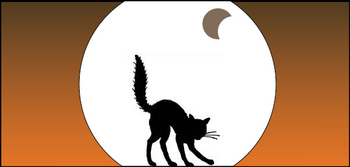
By Julie Ruel, Social Media Manager, Stanford Blood Center
Each day, the recruitment team at Stanford Blood Center (SBC) works hard to help ensure we have blood products available to those in need. "We do this by connecting with donors and inviting them to return. It sounds simple enough, but the reality is that this mission takes time, strategy, and creativity," explains Karen Paganelli, recruitment manager at SBC. The hospitals' needs fluctuate from day to day and we must constantly keep on top of our inventory to make sure the right type is available at the right time for the right patient.
October 26, 2011 at 12:00 pm
Published by Stanford Blood Center
By Billie Rubin, Hemoglobin's Catabolic Cousin, reporting from the labs of Stanford Blood Center
Just in case the excitement of the ABO blood group system was beginning to subside, there is one other very, very rare ABO type first described in India. It is known as the "Bombay phenotype" and on the surface it looks like a type O. It is found in one out of 10,000 people in India, and one in a million in Europe.
October 19, 2011 at 11:38 am
Published by Stanford Blood Center
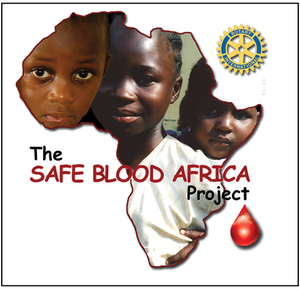
By Amanda Baker, Communications Intern, Stanford Blood Center
Communities around the globe require a safe and plentiful blood supply, and the need for blood transfusions affects patients worldwide. With this in mind, Stanford Blood Center, along with Sacramento's BloodSource and Northern California Community Blood Center, is teaming up with the Safe Blood Africa Project to bring safe blood programs to Nigeria.
October 14, 2011 at 11:55 am
Published by Stanford Blood Center
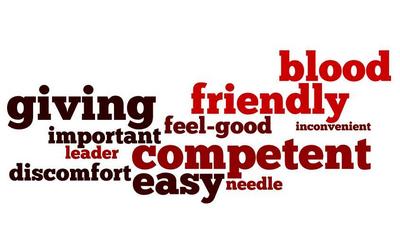
By Julie Ruel, Social Media Manager, Stanford Blood Center
The marketing group at SBC recently had the privilege of working with a group of students at the Stanford Graduate School of Business studying brands and user experiences. The class, called B.E.S.T. (brands, experiences, and social technology), was given the task of observing consumers in a natural setting, evaluating their findings, then offering insights intended to help tighten the gap between what consumers need to make for a positive experience with a company, organization, etc. and what that brand offers.
October 7, 2011 at 11:04 am
Published by Stanford Blood Center

By Billie Rubin, Hemoglobin's Catabolic Cousin, reporting from the labs of Stanford Blood Center
It turns out that sharks are not just robust killers of the ocean but that they have robust immune systems, too. Who knew? They rarely fall prey to infections and are exceptionally resilient. According to studies at La Trobe University in Melbourne, their antibodies can attach themselves to human cancer cells and actually stop them from spreading. It may also be possible that their antibodies could be used to fight other conditions such as malaria or rheumatoid arthritis.

October 4, 2011 at 9:13 am
Published by Stanford Blood Center
I looked at the date of my last plasma/platelet donation: March 7, 2011. It was August now I realized and as I blinked at the date, it seemed impossible to remember what life was like just those few short months ago there seemed to be such a gaping hole in reality and time. Within weeks of that donation in March, my Mom and I, together with the love of her life Alec, would celebrate her 60th birthday in the Cardiac Intensive Care Unit waiting for her operation to repair a heart valve and to replace 2 artificial ones.
September 30, 2011 at 8:00 am
Published by Stanford Blood Center
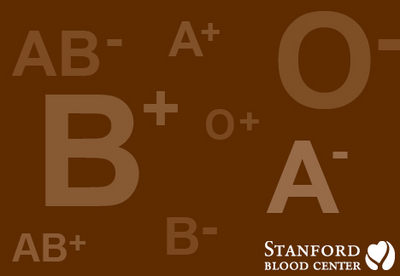
By Billie Rubin, Hemoglobin's Catabolic Cousin, reporting from the labs of Stanford Blood Center
You may have heard of geometric shapes that are infinitely complex like clouds or snowflakes, but there's also our complicated little ABO (blood group) system.

